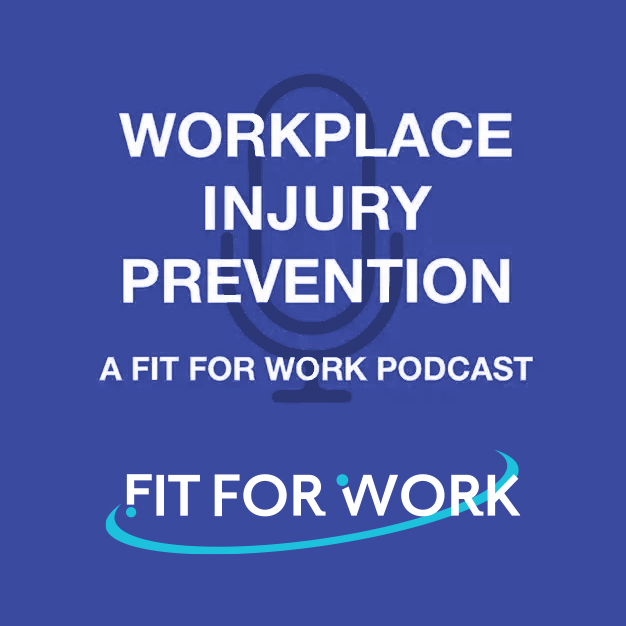By Forrest Richardson, CSP, ARME
Director of Safety, Fit For Work
When it comes to safety engagement, a company culture that fosters participation and creativity plays a critical role in the success of any health and safety program. This starts at the top with engaged leadership, trickling down to the rest of the team and employees. In Part 2 of our Safety Leadership series, Fit For Work’s Director of Safety, Forrest Richardson, examines the role of nonverbal messages and their impact on health and safety in the workplace.
Impact of Nonverbal Cues
How we see ourselves is often not how others view us. Most communication involves verbal and nonverbal messages. The literature and evidence-based studies are clear, we prioritize nonverbal communication over verbal communication to determine true messages being sent. In addition, all humans desire and long for emotional connection, validation, consideration, and opportunities to contribute.
Are you a leader looking to enhance the culture of your workplace? Below are six perceptions and the action that leaders can effectively apply in the workplace that demonstrate honesty, sincerity, humility, and consistency. All of these are essential for improving employee perception and influence.
Perception 1: Leader is prepared to work.
Action: Dress appropriately (e.g., PPE, hard hat) so you appear as part of the team versus leadership
Perception 2: Leader pays attention during engagement.
Action: Avoid distractions, maintain positive body language, ask follow-up questions
Perception 3: Leader attempts to learn the job.
Action: Ask questions to understand, express appreciation for the challenges workers face
Perception 4: Leader uses personal names in engagement showing a level of respect for the team members.
Action: Learn names and use frequently in conversation
Perception 5: Leader knows something personal about employees.
Action: Learn about employee’s family, background, shared interests, and personal concerns about workplace
Perception 6: Leader demonstrates how job fits into company strategic “Big Arrow” goals.
Action: Praise contributions, acknowledge individual perspectives, value what is learned from employee
In addition to communication, there are 4 focus areas that can enhance safety engagement within your organization: Recognition, No Retaliation, Accessible Information, and Contribution Opportunities. To learn more, read Part 1 of our Safety Leadership series here.
We Can Help
If your business is in need of assistance with your workplace safety program, Fit For Work can help. We partner with organizations like yours all across the country to prioritize the safety and well-being of your workforce while fostering a culture of proactive risk management and compliance excellence.





